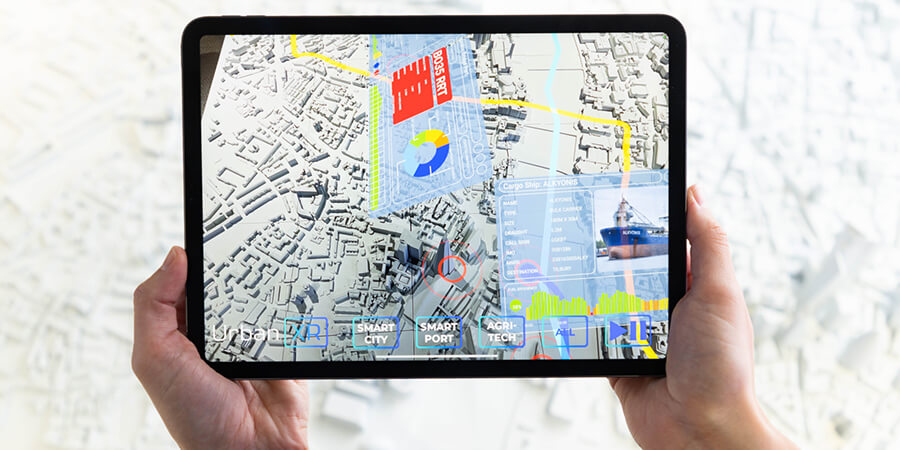BT Group has announced the launch of its new Narrowband Internet of Things (NB-IoT) network, which will help it develop smart cities in the United Kingdom.
According to Statista, the projected revenue of the United Kingdom’s smart city market is expected to reach USD 2.11bn in 2024. It is anticipated that the revenue will display an annual growth rate (CAGR 2024-2028) of 11.15%, leading to a market volume of USD 3.22bn by 2028. Thus, a robust infrastructure, bolstered by BT’s NB-IoT network is needed to support this expected volume.
The network, which BT claims covers 97% of the population, is supported by EE's mobile network and will enable widespread IoT use across industries such as agriculture and manufacturing.
A NB-IoT network is a type of low-power wide-area network (WAN) specifically designed to connect low-power IoT devices, like streetlights, sensors, or meters. According to BT, this will enable IoT devices to be managed automatically via a smart network; for example, broken streetlights, thereby increasing energy efficiency and lowering costs.
Accelerating Smart City Development
BT claims that the new network will allow it to fast-track the development of smart cities by enabling new use cases focused on monitoring and optimizing energy use, storage, and distribution.
“Growing numbers of businesses are beginning to realize the benefits of IoT applications, and our UK-wide NB-IoT network opens up a wide range of connectivity solutions for monitors, sensors, and other smart devices,” said Chris Keone, BT’s MD of Division X in a press release.
“Whether it’s building the smart cities of the future or reducing carbon emissions, our network will provide customers with the reliability and efficiency they need,” he continued.
This NB-IoT network will be useful in more than just urban settings. BT is already testing the technology in the agricultural industry, using sensors to monitor haystack temperature and prevent fires, as well as gate sensors to keep livestock safe.




